No matter how successful, every independent restaurant has a unique story. Blogging provides the perfect platform to share it with the world – and attract new customers. In today's digital age, word of mouth to spread your reputation is no longer enough. Between competition and the increase in the cost of providing mouth-watering meals for the public, you need a little extra "Bam!" in your marketing plan. Combining creative content with mouth-watering photos of your creations can boost the income of an already successful restaurant and make a new restaurant successful.
Creating an Online Presence: Why a Menu Site is Not Enough
Some restaurants don't have an internet presence at all, while others only have a menu online. Some of those with a menu don't host it on their own site. These establishments are throwing away a great opportunity for reaching thousands or even hundreds of thousands of people.
A restaurant's website doesn't have to be big or crazy, but it needs to showcase the establishment's brand and should have a blog. The biggest advantage of being successful is brand awareness.
With a set monthly marketing budget budgeted for a year, restaurant owners can get relatively inexpensive marketing once they create an Internet presence.
Search Engine Optimization (SEO) for Restaurants
The internet plays a huge role in deciding where people choose to eat out. Thus, search engine optimization is no longer optional. SEO can increase patronage, which means a better return on investment (ROI) for you.
SEO is optimizing your online presence, including your website and blog, to rank higher on search engines, including Google, Yahoo, Bing and Duck Duck Go. The closer to the top of the search results you get, the larger chance you have of people finding you and choosing your establishment.
Even if you are well-known in your town, you may not be for people new to the area and people traveling through.
If you have a current website, a content strategist can review the website and create optimized content using keywords and phrases to help your website become more visible online. Content strategists can also create blog posts to help increase your online visibility.
In addition to keywords and phrases, your website must contain quality content. Google is a stickler for natural-sounding keywords and high-quality content. Keeping a blog allows you to regularly update your website, which is another requirement for good SEO. You can post a new blog weekly, twice a month, or even once per month, though to really satisfy Google's need for updated content, twice a month is better if you can't do weekly blogs.
Reviews and Reputation Management
In addition to a website and blog, you should also activate your Google business listing. It's a free service by Google. Always keep it up to date and post new content on your Google business listing. The listing also gives people a place to leave reviews, which can also increase business. Always respond to positive and negative reviews, as your responses tell people that you commit to customer satisfaction.
Image Optimization
While many sites can get away with using stock images, that's not a good idea for a restaurant. As part of brand management, you should have a professional photographer take pictures of all your dishes, along with photos of your employees working, whether it's your chef cooking your signature dish, a waitress carrying out a tray of dinners for a family, and even prep cooks prepping in the morning.
Those images should be optimized with select keywords and phrases that not only describe what's going on in the photo but also describe your business.
Backlinking
Backlinks are gold for search engine optimization. The more, the better. However, the only way to get backlinks is to publish quality, unique content on your blog and web pages. Restaurants have a unique ability for this as they can discuss many original ideas, including recipes for dishes they don't mind sharing. You wouldn't share signature dishes or other trade secrets, but there are many other things restaurant owners and chefs could share that attract food bloggers and others in the culinary industry.
Schema Markup
Adding information such as menu items, contact information, hours of operation, and other schema markup items also helps increase your search engine rankings by creating rich snippets that appeal to current and potential diners.
What You Need to Start a Blog
You need several things to start a blog, including a domain name and hosting. Once you have everything, you're ready to set up a website and blog. Once everything is set up, you'll need to determine the best keywords and key phrases for your business, then set up the website with a content management system (CMS).
The CMS allows you to configure a website and a blog. In some cases, you may need third-party software for a blog, especially if you want a blog with more than just the basics.
Finally, you need a good camera and excellent picture-taking skills or a professional photographer. A content strategist can set up the website, research the best keywords and key phrases and create quality, unique content for your site and blogs while using keywords in strategic places.
Making a Blog Successful
Once everything is set up, you're ready to create a content schedule for a blog. Whether you choose to publish weekly, bi-weekly or monthly, you should remain consistent. Keywords and key phrases should cover the topic, and each time you publish a blog, it should properly target your audience.
You may have a wide variety of targets for your audience instead of just one geo-target. If so, diversify your blog posts to target various sectors of your audience – don't pick one geo-target and keep targeting that. For example, if people of all ages visit your restaurant, you might target one post for 18-25-year-olds and use another blog post to target those over 65.
Photography
Photographing your menu is an excellent draw for customers. They like to see what they're spending their hard-earned money on. Even if it's a sandwich from the lunch menu, they want to see what they're getting. Thus, it's imperative that your photos are properly staged with the proper lighting.
Content Strategy
We touched on content strategy above, but it is much more than keywords. Your content should show your experience, expertise, authoritativeness and trustworthiness. That means it must be quality content – not written by AI or rewritten articles from another website.
A content strategist can help you determine how your website should be set up and what topics to discuss on your blog to make the most of targeting your preferred audience and showcasing your brand.
Your content represents you and your brand. Having quality content not only makes the search engines happy, but it also shows potential customers that you know what you're doing – your food is good – and you can be trusted to provide a great dining experience.
Benefits of a Restaurant Blog
The restaurant industry is fast-paced and can be highly competitive if a neighboring restaurant has the same type of food you sell. It can also be hard to stand out, even if your food is somewhat different. You can get a leg up on other restaurants in your area by blogging, creating a strong web presence, and even maximizing your social media presence.
However, blogging trumps other digital marketing methods in that a blog allows you to share so much more with your customers, including restaurant industry news, important information about your restaurant, showcase your employees, share recipes with your customers, and so much more. Your blog becomes a way to establish a unique brand identity, especially since not many restaurants have a blog.
Benefits of having a blog include:
Engages Customers and Builds Connections
Use your blog to engage customers and build connections by telling them about new food items, promotions, events and more. You can establish a personal connection with your customers, especially if you set up comments.
You can also sponsor recipe contests, ask customers if they like changes you are considering and more. Adding social media buttons to your blog posts allows blog readers to share your posts, which gets your brand in front of more people.
You can also get feedback on changes and find out why people liked or didn't like a new recipe so that you can adjust your menu. You can even get customer input on industry-related changes and requirements.
Best of all, when you interact with current and potential customers, you are building your brand identity and boosting customer loyalty at the same time.
Brings Attention to Your Restaurant
An attractive and informative blog brings attention to your restaurant, which is exactly what you want. If a customer finds something interesting, he or she may comment on it, ask for more information, and even share it. Keeping up with posting new content on a regular basis makes the blog more visible and can help increase search engine rankings. It has been shown over the years that businesses that blog have a higher conversion rate and rank higher on search engines than those that don't.
Improves SEO to Your Website
When you include in-depth and valuable content on your blog, Google notices and can rank your website higher on the results pages. When you have good SEO practices, you have a better chance of ranking higher and a better chance of drawing customers to your restaurant.
The first page of Google results gets the most traction, though most people will search through at least the second page. Some will look through the third page, but many start a new search if they don't see what they want on the top pages.
Improving search engine optimization on your pages and including an optimized blog can help your listing rank higher. In addition to quality content, search engines love websites that are updated regularly with fresh content – and give you an edge over your competition.
Gets More Shares on Social Media to Reach More People
With a blog that has quality content, you'll get more shares on social media. When you have social media icons on every post, it makes it easy for someone to share something they like. More social media shares means more exposure, which converts to more clients.
Adds to Your Email List
Include a sign-up form on your blog so people can receive notices when you publish a new post. You can also send special promotions for those who sign up, discounts, recipes and more – just for those who give you their email.
Offering a freebie to those who sign up for your blog is a great way to get more emails.
Gives You an Advantage Over Competitors
When you use a content strategist to manage your blog, you have an edge over your competitors. When you measure your blogging results through Google Analytics, you can track demographics, which means you can optimize marketing strategies.
Builds Brand Authority and Awareness
Of all the benefits of having a blog, building brand authority and awareness is the best benefit. You don't need to talk about just your restaurant – you can offer insights on culinary trends, local issues and more.
You can provide recipes and teach people how to cook. Your goal is to make your brand recognizable. When someone sees your logo, you want that person's mouth to water when he or she thinks of your food. Think of your favorite drink or favorite food brand. When you see the logo, admit it – you want to get some!
Additionally, people love it when businesses support the community. You can link to community events, celebrity chefs, local festivals, suppliers, food writers and more. When your brand becomes known to support the community, people think of you more – and that means more customers and repeat customers.
Contact EpochWriter
If you need a website or a blog – or you have both but need new or updated content, contact EpochWriter to discuss a strategy to increase brand awareness and internet visibility.

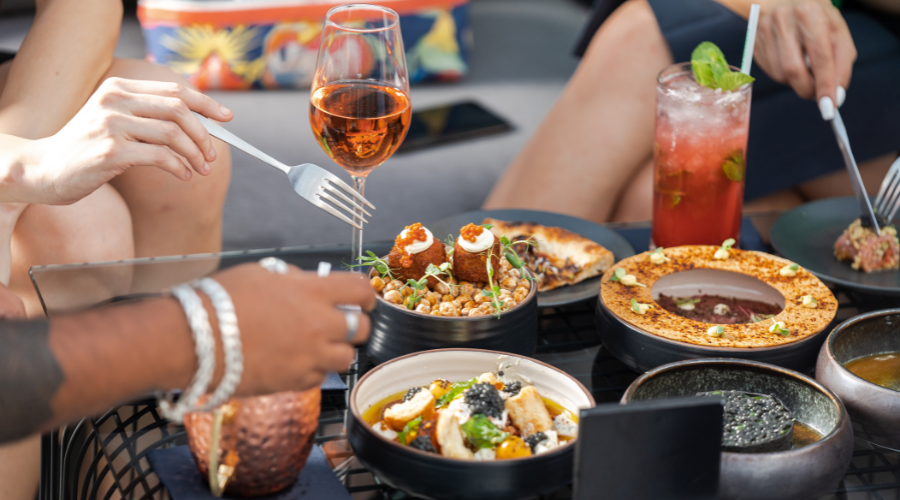


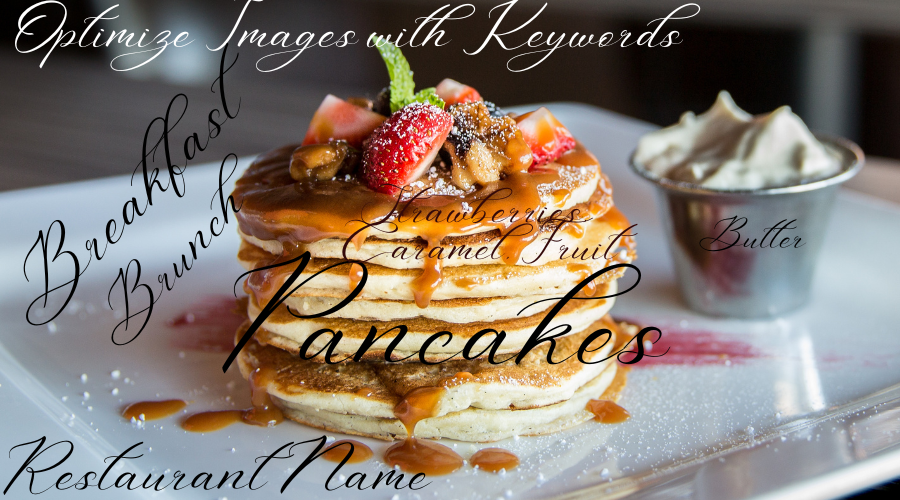

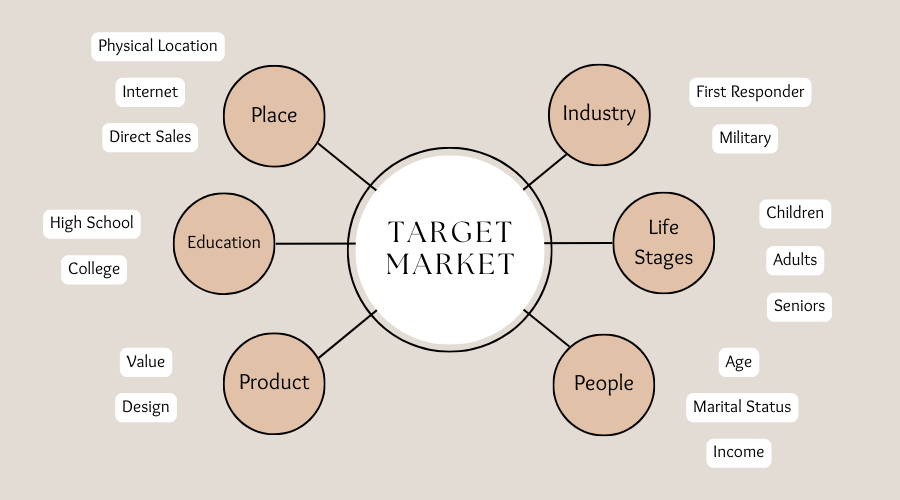

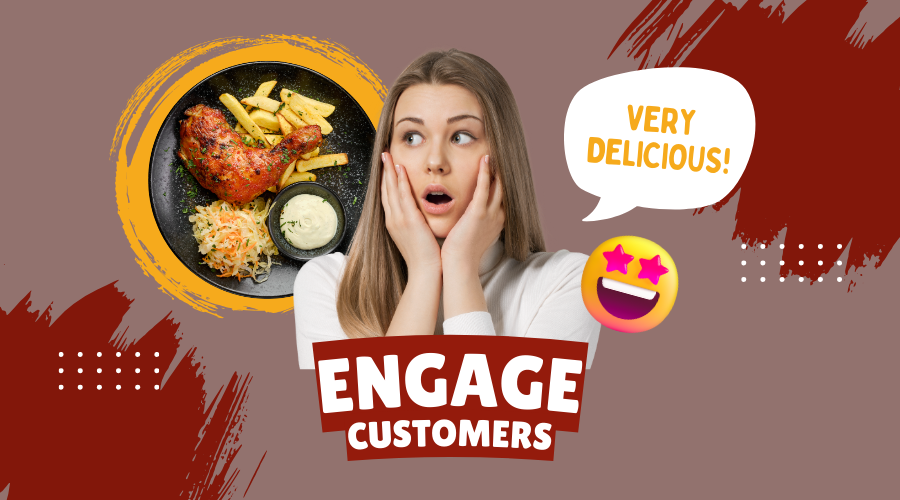













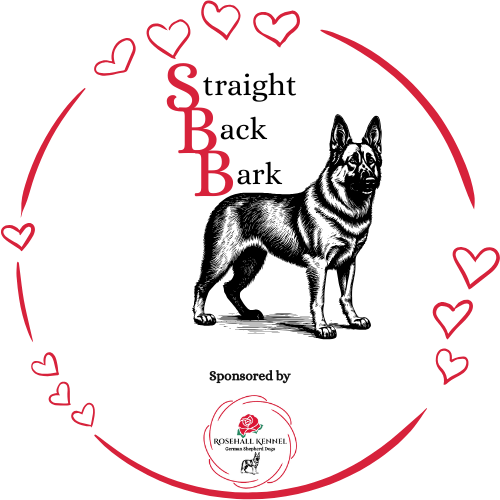
Comments